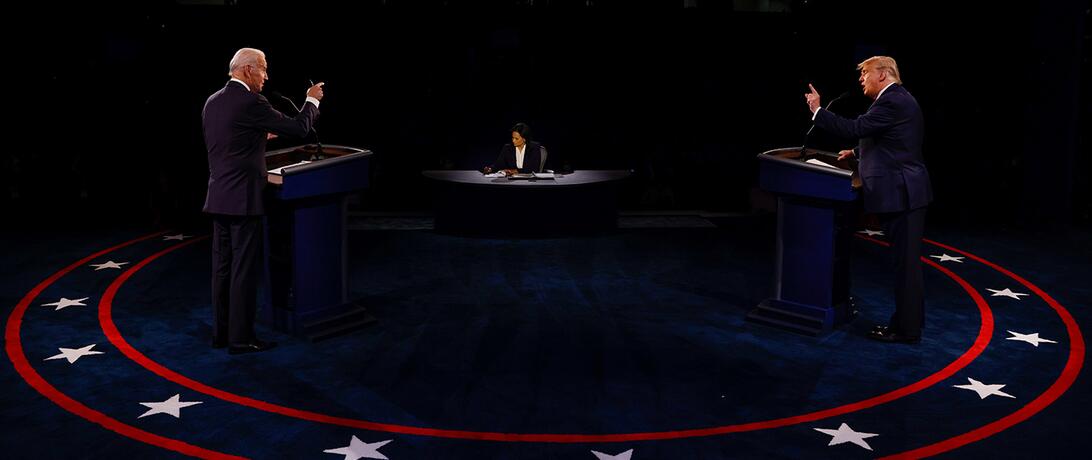
Violence has grown globally; the potential for election violence in the United States needs to be acknowledged.
Bangladesh’s election was just 19 days away when Mohammad Hanif, a local leader of the incumbent Awami League, was killed. Eyewitness accounts painted a grim picture. Hanif was killed by a mob wielding sticks and bladed weapons that supported the rival Bangladesh National Party. By merely attending a political rally, he would be killed by a combination of stabbing and gunshot wounds.
7,000 miles away in Portland, Oregon and 67 days before the American election, Aaron Danielson was shot dead following clashes between right-wing activists supporting incumbent president Donald Trump and a coalition of left-wing and social justice groups. Both Danielson and his killer on the opposite side of the clashes, Michael Reinoehl, had come to the protest bearing firearms.
Reinoehl argued that his actions were self-defense. Danielson was seeking to defend supporters of his cause that day. In the chaos of the moment, one of them was dead and, less than a week later, so was the other.
Political violence, including election violence, is not exclusive to developing countries. Nor is it novel in the American political experience. Yet, while many would agree that the words “election violence” describe the killing of Hanif, few pundits on either side of the American political divide described Danielson or Reinoehl as perpetrators of election violence.
The insidiousness of election violence, and political violence more broadly, is the ease with which we can accept its normalization.
Many supporters of the Bangladesh Nationalist Party also justify their street clashes and acts of violence as self-defense against an increasingly authoritarian Awami League. Objectively, many of their concerns are merited. However, a cycle of violence has persisted on both sides for decades now. Innocents, entirely unconnected to the original sins of the warring parties, suffer at the hands of a generational political conflict.
Let this serve both as a warning and as an opportunity for the elected leaders of the United States.
Structural causes
Our research at the One Earth Future Foundation identifies the causes and consequences of election violence in an effort to produce an early warning system for all national elections taking place globally.
We find that election violence has become increasingly common since 1975. While in 1975, violence occurred in only 14 percent of all elections, as of October 1st 2020 already 42 percent of elections worldwide have experienced violence.
Article Details
Published
Written by
Topic
Program
Content Type
Opinion & Insights